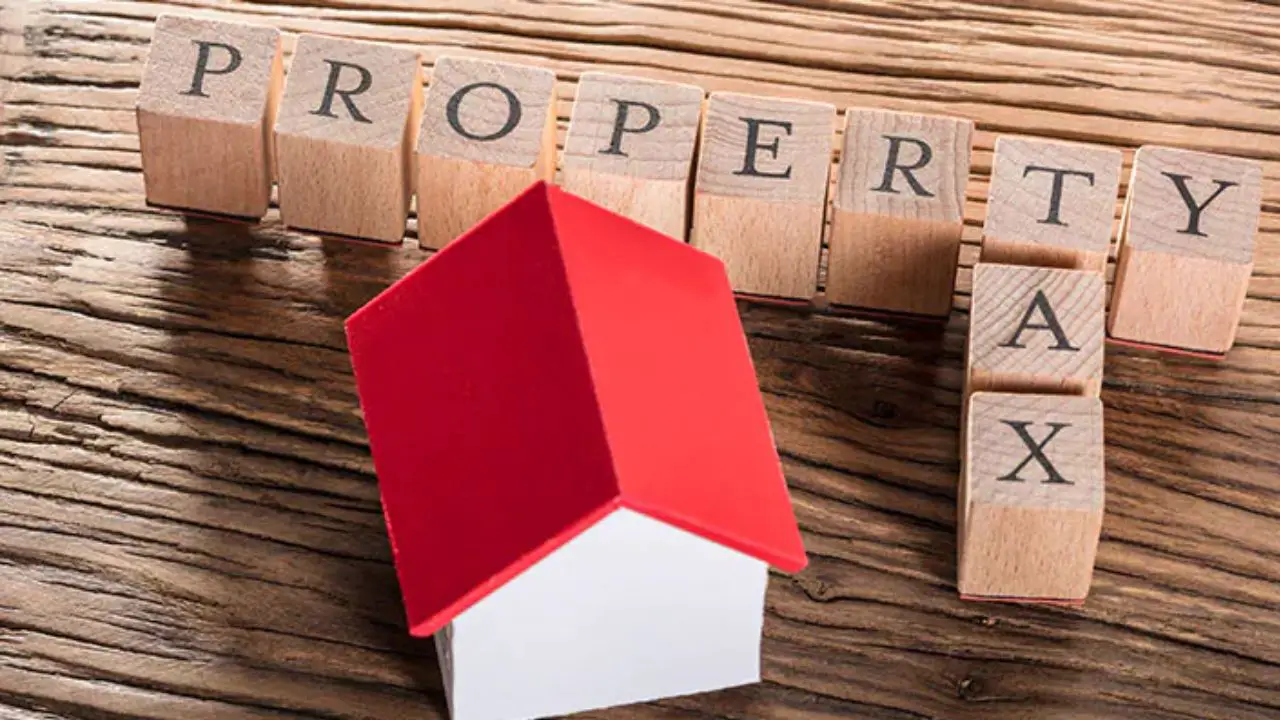ST. PAUL, Minn. — Local governments across Minnesota are preparing for what could become one of the most challenging budget years in recent memory. Early projections suggest property tax levies could spike dramatically in 2026, driven by rising operational costs, reduced federal reimbursements, and major administrative changes affecting counties and cities statewide.
Statewide Numbers Reveal Nearly $1 Billion Levy Growth
The Minnesota Department of Revenue recently released preliminary data showing that property tax levies across the state may rise by nearly $1 billion. Cities and counties throughout Minnesota are already proposing sizable levy increases as they work to manage structural financial pressures heading into the next fiscal cycle.
Pierre Willette of the League of Minnesota Cities described the trends bluntly:
“We’re seeing increases across the state higher than most years.”
Meanwhile, the Association of Minnesota Counties said its members are dealing with a level of fiscal strain that stands out in modern history.
“The sheer financial impact on counties is something we have not seen in recent history,” said deputy director Matt Hilgart.
Why Local Budgets Are Under Pressure
Cities and counties say that rising costs and reduced reimbursements are combining to create a significant financial squeeze. Local leaders stress that the challenges are not due to a single factor but a combination of economic and administrative changes unfolding simultaneously.
According to the League of Minnesota Cities:
“Cost of labor, materials, insurance, all going up. Just like your budget for your family, everybody’s costs are going up,” Willette said.
Other pressures include cuts to federal reimbursements for emergency medical services, a cost Minnesota cities and counties rely on heavily.
Counties, in particular, are carrying additional burdens due to their role in administering federally mandated social benefit programs such as SNAP and Medicaid. Significant changes in these programs have already had financial impacts on county operations.
Hilgart explained:
“A tremendous amount of change for our county operations surrounding the administration of SNAP benefits and Medicaid… Reduction of the administrative reimbursement that we get for administering a federal program.”
He added that federal workload requirements and inefficient systems are forcing counties to consider adding more staff, increasing local costs even further.
How These Costs Reach Homeowners
While not all budget pressure translates directly into property tax increases, officials acknowledge that a portion of the financial strain does pass to residents through levies. However, the final tax bill a property owner receives can vary widely based on multiple local factors.
Read Also: Disneyland Announces Half-Price Admission, Limited to One Eligible Group
Hilgart noted that Minnesota’s system is nuanced:
“There might be tax base growth in your community where you actually have the same property tax bill or reduced because your classification could have changed, your home’s value might have dropped, new homes might have been added in your community or new businesses that are sharing more of the burden.”
Local governments also emphasize that raising levies is not their only option. Cities may look to delay maintenance, scale back projects, reduce services, or collaborate with neighboring jurisdictions to cut operational costs.
Willette highlighted the difficult decisions many cities must make:
“Raising property taxes is not the only thing cities try to do… They might forgo maintenance or not do a project this year, or maybe reduce services or look for partnerships with other cities to save money.”
What Happens Next
The next major step in the budgeting process will be truth-in-taxation meetings, where residents can review proposed levy increases and offer feedback. Local governments must finalize their 2026 levies by December 29.
Minnesota residents can learn more here about the state’s preliminary levy projections.
Stay Updated
For more local government news, community stories, and developing updates, visit mikeandjonpodcast.com.




